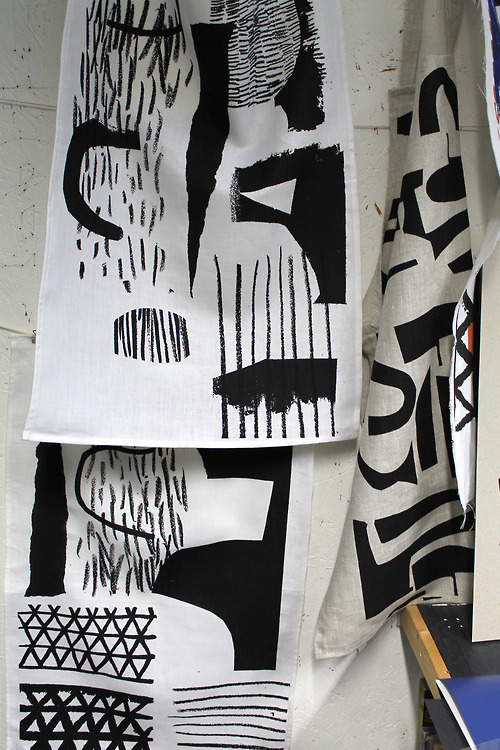The main focus of this blog is the "depiction of femininity". My process is usually linear, and starts with a period of visual research, followed by sketching and refining of ideas. Finally, I process and color my images digitally.
As a self-taught practitioner, I often employ heuristic methods to solve a problem. A logo design or a commission for illustration poses a visual question to be addressed within the parameters defined in the project brief. For example, the client specifies colors, style, and intended audience. The final design has to be appropriate and take into account all these parameters, in the allocated time frame and budget.
The heuristic inquiry was developed by Clark Moustakas (Douglass & Moustakas 1985). It involves a three-step process: 1. Immersion (exploration of question, problem, theme); 2. Acquisition (collection of data); 3. Realization (synthesis). Quality is more important than quantity and meaning has priority over appearance (Douglass & Moustakas, 1985, p.42). In this process, the project objectives inform my visual research. Furthermore, my experience, knowledge, and intuition play a significant role in forming a working strategy. Examples of heuristic methods are: „rule of thumb, an educated guess, an intuitive judgment, profiling and common sense” (Wikipedia). These may seem like vague or general methods, however, they often led to successful results for me in the past.
In this blog, unlike my commercial projects, I have taken an explorative approach. I observed and allowed inspiration to lead me in finding a theme to examine. Examples are my studies of Body Art and Fragmented Femininity. In his benchmark paper, How to Solve It, George Polya suggest finding concrete examples when a problem is too abstract (Pólya 1971). I looked at the work of other professionals during the phase of visual research and analyzed their solutions. I recorded in notes my reactions to these pictures and what I found valuable about the artist's technique.
Polya further recommends sketching and drawing to understand a problem. Sketching in my practice is a way to examine whether an idea or visual solution can work on paper. Some ideas are discarded or change shape to respond better to the theme. I do not draw many thumbnails and prefer to solve the composition in Adobe Illustrator by using trial and error and intuitive placement (heuristic methods).
I found that using semiotics benefits my study of femininity. It was vital to understand how other artists have interpreted this theme and what are the symbols of femininity in our culture. I found that other practitioners use iconology - cultural symbols like Marilyn Monroe or universal symbols like motherhood. Other artists, like Polly Nor and Carol Rossetti, challenge the established feminine ideals.
Furthermore, I had the opportunity to experiment on this blog. Examples are my attempts at automatic drawing, Delaunay triangulation, and collage. I derive ideas from fashion, cinema, science, illustration, and design, and usually combine these with my personal insights. My use of art methodology, heuristics, and combinatorial creative approach resulted in an exciting new body of work.
References
Douglass, B.G. & Moustakas, C., 1985. Heuristic Inquiry: The Internal Search to Know. Journal of Humanistic Psychology, 25(3), pp.39–55.
Pólya, G., 1971. How to solve it, Princeton University Press.










































